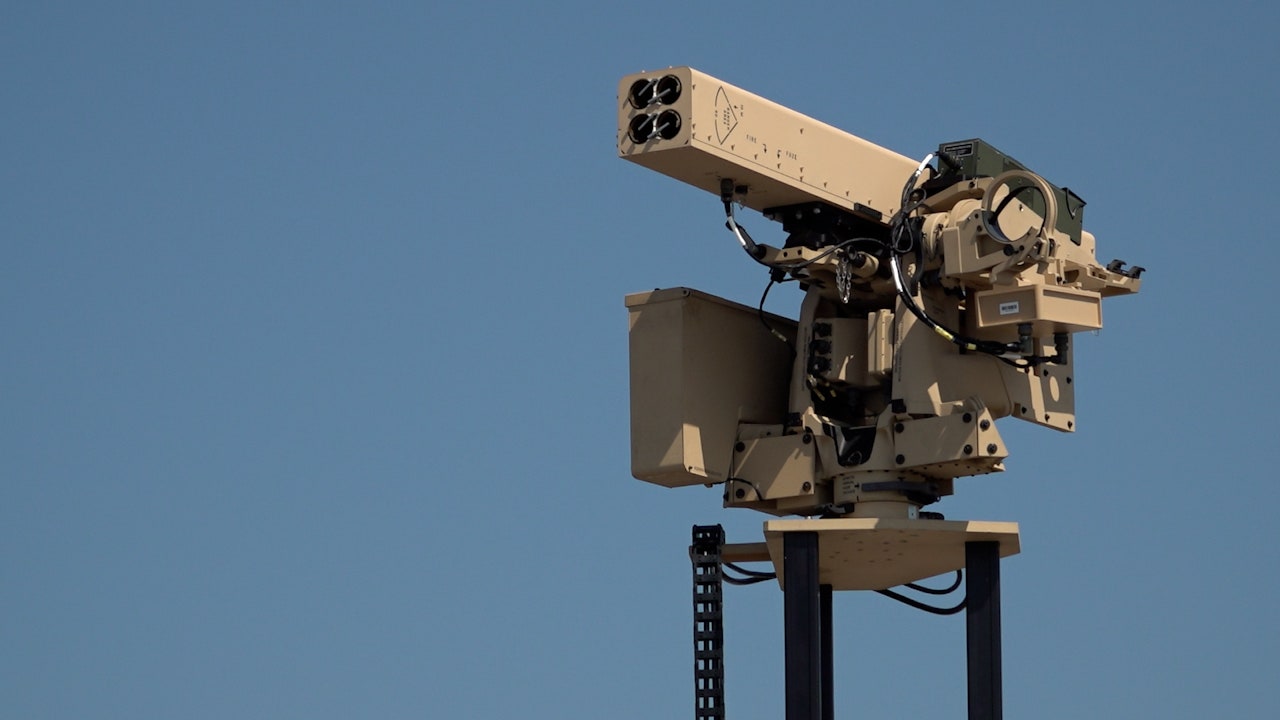More like the East Roast.
A once-in-a-century heatwave is frying the East Coast as triple-digit temperatures are forecast to smash daily records across the densely populated region in which more than 150 million people are under “extreme” heat alerts.
The mercury soared into the high 90s on Monday in the Big Apple and Washington, DC while other major cities like Philadelphia and Baltimore eclipsed 100 degrees — and more of the same is in store for Tuesday.
Overall, the East Coast hasn’t felt this level of extreme heat in more than a decade, said Fox Weather meteorologist Cody Braud.
“It’s been 13 years since we’ve been this hot in the summer,” Braud said.
“A lot of the records for [June 23 and June 24] were set over a hundred years ago, so we’re going to see some of these century-old records either challenged or broken,” he added.
The sweltering temps are the product of a phenomenon known as a “heat dome,” which occurs when high pressure in the upper atmosphere traps hot, stagnant air down below.
Braud said we can think of it like the lid of a backyard barbecue grill being lowered over the region, baking everything inside.
The dome should linger over the East Coast until Wednesday before moving toward the Deep South on Thursday and finally dissipating over the weekend.
Even cities on the edges of the weather system are feeling the burn.
One video posted by AccuWeather from St. Louis, Missouri, shows a street suddenly buckling in the noonday sun, creating a ramp out of nowhere that sent a hapless car airborne.
Ironically, the West Coast is experiencing unusually low temperatures due to an inverse phenomenon to the heat dome, called a “trough.”
But for now, those stuck under the meteorological grill face real danger – especially in humid areas where sweat, our natural cooling system, is slower to evaporate.
“The more moisture you have in the air, the hotter it’s going to feel. Even places that are in the 90s will feel over 100 degrees,” Braud said.
For this level of heat, experts recommend taking a 45-minute break for each hour of outdoor activity, in addition to the usual precautions of drinking plenty of water and using sun protection.
Read the full article here















